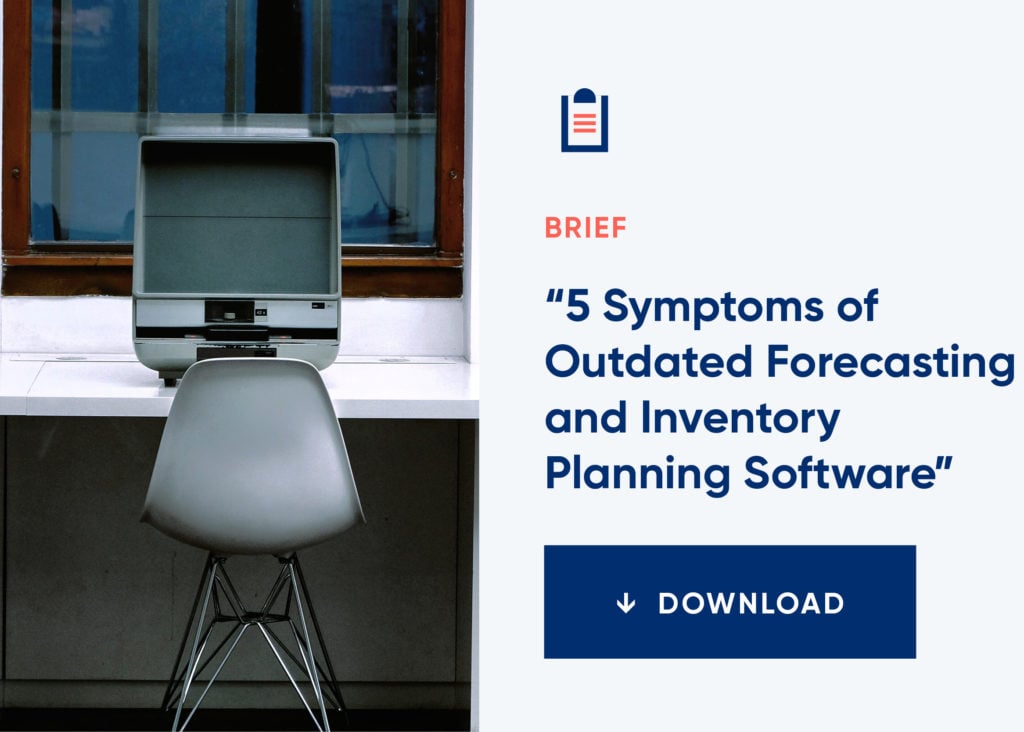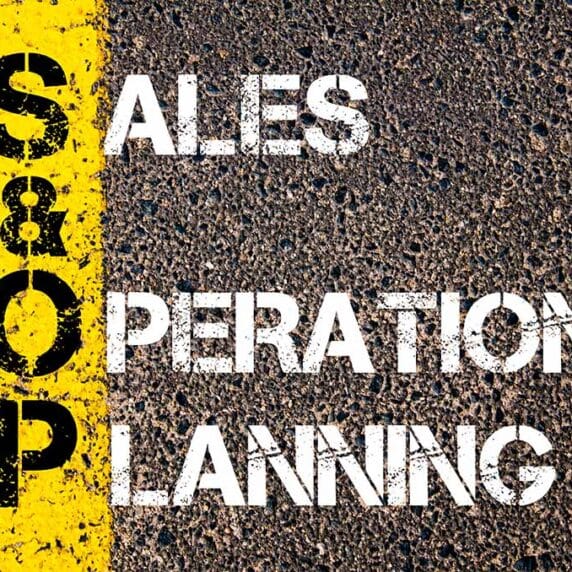Improvements to Mid-Market Supply Chain Planning
Is the latest technology enabling some mid-market companies to leapfrog supply chain planning (SCP) stages of maturity? The evidence suggests that it is.
Publicly, analysts are still cautioning mid-market companies not to aim too high. But in interviewing a number of analysts last year, I found that privately they were saying something different. Here are some of their comments:
- “Even less mature companies are focused on the automation of decision making. Not just analytics, but in planning overall.”
- “Automation can allow less mature companies to leap frog.”
- “Outsourcing is one way companies are achieving more autonomous light touch planning and skipping a level.”
- “For S&OP, there is now less difference between lesser and more mature companies. Due to the lower cost of entry, there is more awareness and availability of high end solutions at all levels.”
- “Stage 3 and even stage 2+ companies …. don’t have the baggage of $ multi-million systems, so are saying let’s start with clean slate and get the latest technology available.” (Click here for a short description of Gartner’s five supply chain planning technology maturity stages)
This transformation opportunity is happening because publicly available “low touch” planning solutions have lowered the cost of entry, creating a convergence in opportunity between mid-size companies and large enterprises.
A few examples
Here are some examples of mid-market companies that have made the leap to high maturity levels:
Automotive importer Lubinski had a simple policy of holding 100 days of inventory for every item, augmented by classic ‘ABC’ modeling that proved complex and time-consuming. They jumped to a fully automated system that generates replenishment proposals that almost never need to overridden. Inventory and replenishment planning has been reduced from 10 man-days per week to just one.
Pharmaceutical distributor Cipla Medpro jumped from a spreadsheet-based system to what they now call “driverless supply chain planning”. Their new statistical forecast provided is consistently proving to be up to 20 percent higher than their own market intelligence, allowing them to “confidently switch off our own manual overrides and put complete trust in the forecasts.”
Ecuadoran grocery chain Supermercados Santa Maria implemented end-to-end supply chain planning, including demand forecasting at the SKU-store level, stock decisions based on service level targets, and automatic replenishment from both their Distribution Center (DC) to the stores and from suppliers to the DCs and directly to the stores. It also supports a new S&OP process that provides Category Managers a clear and comprehensive model to analyze the behavior of the product in each store, comparing the forecast against budget, identifying where and when a promotion should be required, and defining scenarios using machine learning algorithms to simulate the effect of promotions using different intensities and variables.
Getting from here to there
Less mature firms still face significant hurdles, including available data, process understanding and change management. They need cost-effective, user friendly, and quick to implement solutions. And they especially need low total cost of ownership. This includes lower services-to-software ratios (spending less in service costs compared to large enterprises). It also means accelerating “time to value” by reducing implementation time, effort and cost.
But these are all problems that can be tackled with institutional determination and the right technology. The bigger challenge for some mid-market companies may be corporate culture unwilling or unable to embrace change. In Gartner’s most recent Wants and Needs Study, many lagging companies’ tagged “corporate culture” as one of the top obstacles to achieving their goals. By comparison, none of the high-performing companies said “management” or “leadership” was the primary obstacle to achieving their goals (Gartner’s 10th Annual SCM Technology User Wants and Needs Study, 7 November 2017).
Gartner says that companies can’t just focus on “keeping the lights on” via infrastructure and basic application support. Stepping up to more mature supply chain planning means preparing to invest and allocate a greater share of their IT spend to transformational initiatives.
Why it is happening now
What is enabling this opportunity? In a word, technology, or more precisely a change in planning technology.
Traditionally supply chain planning was a highly cumbersome, time consuming and manual process. Creating and executing a plan was a rigorous and laborious process, often requiring attention to tens of thousands of individual SKU-Locations. Best pick algorithm choices often needed to be reviewed and verified. “Unforecastables” required manual intervention. Nearly every demand driver, such as promotions or new product introductions, needed to be manually addressed. The challenge was exacerbated by poor exception management. Planners were often overwhelmed by “false positives” when overly simple exception rules didn’t work for slow movers with intermittent demand, flagging variations almost every period and overwhelming them with false positives. It required a huge amount of review and decision making steps, since planners were “in the loop” every step of the way.
Large enterprises had the money and scale to manage these issues. But mid-market companies didn’t, so the best they could do was adopt small evolutionary improvements to help them cope with these issues.
Now the upside looks much different — an opportunity to jump to a highly automated digitally-enabled supply chain. One with fewer processes. A different approach with minimum intervention, where much of the work is automated. Planners go from being “in the loop” to “on the loop”, one step removed from the process. Execution management achieved through true “process control” techniques that more quickly identify problems while dramatically reducing false positives.
It may not quite be “set and forget”, but it is a big leap, and even a “leap frog”, for many companies.







